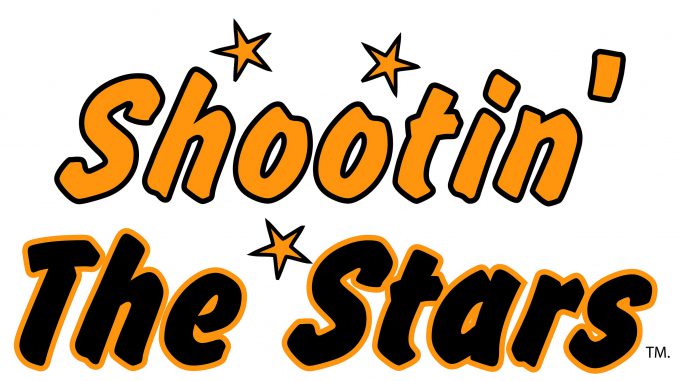
Shootin’ the Stars: Indiana-Kentucky All-Star Series not the game it used to be
By Mike Beas
Last June, as the final seconds ticked off the scoreboards inside Gainbridge Fieldhouse, I was handed a piece of paper with a number on it.
It was an attendance figure I was told to include in my story.
I don’t recall the exact digits other than it began with a five and actually included a comma. Looking around the mostly empty interior of the 17,274-seat venue, the fact someone supposedly counted that many bodies made me laugh.
Or was it cry?
I do admire the steps being taken in trying to make the annual Indiana-Kentucky All-Star Series remain relevant, even if inflating attendance figures is one of them. The sad truth, however, is that this once-wonderful summer tradition slowly started to wither on the vine years ago.
Think the outfield wall at Wrigley Field in April?
Yeah, that.
The reasons the Indiana-Kentucky rivalry has nose-dived are varied, though one stands head and shoulders above the others:
Our southern neighbors ceased caring decades ago.
My first times covering the series were in the late-1980s, and, even then, Kentucky’s promotion of the All-Star series paled drastically in comparison to the efforts put forth by the late Don Bates and his successor, Pat Aikman, who for years served as our state’s game directors.
Every year, players, coaches and managers from Indiana camped for two weeks at the since-leveled Holiday Inn on the southside of Indianapolis. There was swimming (indoor and outdoor), shuffleboard, indoor putt-putt . . . plenty to keep everyone occupied when not loading up the vans and driving to practices at nearby University of Indianapolis.
Teams attended banquets. Made public appearances. If you were an Indiana All-Star, you were looked up to by children and adults alike.
They were everywhere, and so was Aikman, the latter almost always beaming like a proud father. He promoted the kids and coaches, who, in turn, did what they could to sell the importance of the upcoming games.
The annual home-and-home format saw Market Square Arena (and later Conseco/Bankers Life/Gainbridge Fieldhouse) host the first week and Louisville’s Freedom Hall the second – or vice versa. The order then flipped the following summer.
Games in downtown Indy were well-attended bruise-fests. Those inside Freedom Hall or any of the smaller facilities at the Bluegrass State’s host cities that followed such as Lexington, Owensboro and Frankfort were competitive, though not nearly as organized as those on the other side of the Ohio River.
The Hoosier kids had a sizable backing that extended well beyond family members. Persons who paid to watch year after year after year whether they had someone on one of the teams or not. Representing one’s state meant something.
More accurately, it meant everything.
But, like so many traditions before it, the All-Star series gradually began to lose its luster.
There have been summers when the Kentucky stars wouldn’t play their best seniors due to wanting to avoid the risk of injury, maybe an AAU obligation that for whatever reason took precedence or some other excuse that simply wouldn’t have flown back in the day.
Furthermore, we eventually adopted the current two-games-in-two-days format that shoehorned everything into as little amount of time as possible.
Our players have to get to college and begin their preseason workout regimens. That’s the one I hear most as to why the bricks are loosening on this once-sturdy monument to the best a rivalry of neighboring states can offer.
Aikman, who passed away in March 2022 at the age of 86, was still around to witness the beginnings of the decline.
For his sake, I hope he’s no longer watching, no matter how good the view is.

Leave a Reply
You must be logged in to post a comment.